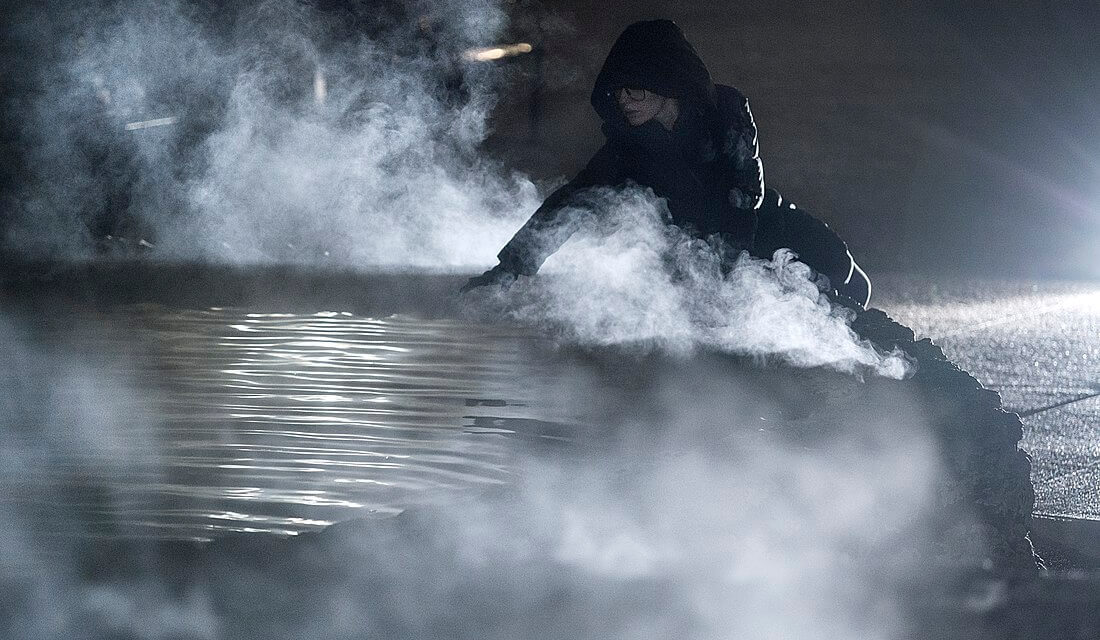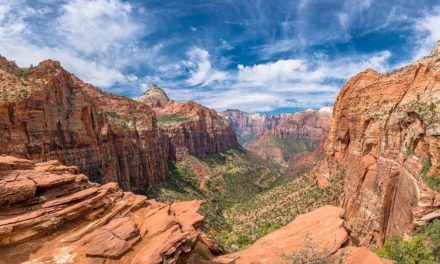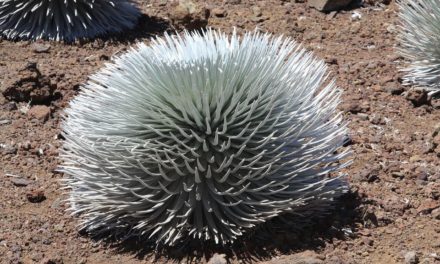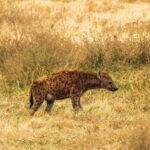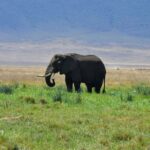Table of Contents
Overview / About
Located in Arkansas, Hot Springs National Park blends natural wonder with rich human history. It’s one of America’s oldest protected areas — established as a federal reserve in 1832, long before the National Park System even existed. The park covers 5,500 acres around the city of Hot Springs and is famous for its thermal springs, mountain scenery, and elegant Bathhouse Row, where people have come for centuries to soak in the healing waters.
The park sits in the Ouachita Mountains, where geologic forces heat rainwater deep underground before it resurfaces as steaming springs. These waters — averaging 143°F (62°C) — have been flowing for thousands of years, drawing visitors for their reputed therapeutic benefits.
Today, the park combines nature, wellness, and culture — offering both a retreat into history and a rejuvenating outdoor escape.
Wildlife & Nature
Despite its urban setting, the park shelters a surprisingly rich natural environment.
Ecosystem: Part of the Ouachita Mountain hardwood forests, filled with oak, hickory, pine, and dogwood trees.
Wildlife:
- White-tailed deer, gray foxes, and raccoons are often spotted.
- Birds include red-tailed hawks, woodpeckers, and barred owls.
- Streams host small fish and amphibians adapted to warm mineral waters.
Springs & Geology: The park’s 47 hot springs emerge from the western slope of Hot Springs Mountain, flowing naturally and continuously — an exceptional geothermal phenomenon east of the Rockies.
Experiences & Activities
Hot Springs offers a rare mix of relaxation, history, and outdoor adventure:
- Bathhouse Row: Walk along Central Avenue to admire eight historic bathhouses, built between 1892 and 1923. Two still operate as public bathhouses, Buckstaff and Quapaw, where visitors can soak in the hot thermal waters.
- Grand Promenade: A brick walkway behind Bathhouse Row offering peaceful views of the mountains and historic architecture.
- Hiking Trails: Over 26 miles of scenic trails, including:
- Hot Springs Mountain Trail: Panoramic views from the tower.
- Goat Rock Trail: Short, rocky climb with rewarding vistas.
- Sunset Trail: The park’s longest trail (10 miles), ideal for serious hikers.
- Hot Springs Mountain Tower: A 216-foot tower providing sweeping views of the Ouachita Mountains.
- Historic Downtown: Explore museums, shops, and art galleries right beside the park.
Best Time to Visit
Hot Springs National Park is open year-round, with each season offering something different:
- Spring (March – May): Ideal temperatures, blooming dogwoods, and lively downtown events.
- Summer (June – August): Warm but manageable; great for shaded hikes and evening soaks.
- Autumn (September – November): Brilliant fall colors and fewer crowds.
- Winter (December – February): Peaceful and cozy, perfect for soaking in thermal baths.
The best time for photography and outdoor exploration is spring or fall.
How to Reach & Park Entry
Location: Hot Springs, central Arkansas, about 55 miles southwest of Little Rock.
Nearest Airport:
- Bill and Hillary Clinton National Airport (Little Rock, AR), about 1 hour away.
By Road:
- U.S. Highway 70 and 270 lead directly to the park.
- Ample parking is available near downtown and Bathhouse Row.
Entry Fees:
- Free entry, one of the few U.S. national parks without an entrance fee.
- Bathhouse spa services have separate charges.
Where to Stay / Camping Options
Inside the Park:
- Gulpha Gorge Campground: The only campground inside the park, with 40 sites for tents and RVs. Equipped with full hookups, picnic areas, and a peaceful creekside setting.
Nearby Options:
- Arlington Resort Hotel & Spa: Historic downtown landmark with classic charm and access to the thermal baths.
- Hotel Hale: Luxury boutique stay inside a restored bathhouse.
- The Waters Hot Springs: Stylish, modern hotel across from Bathhouse Row.
Downtown lodging makes it easy to explore both the park and the city’s attractions on foot.
Travel Tips / Safety Notes
- Hydrate well: The thermal heat can dehydrate you quickly.
- Stay on trails: Slippery rocks and steep slopes are common.
- Dress comfortably: Lightweight clothing for summer; layers for winter.
- Bathhouse etiquette: Check age limits and reservation requirements before visiting.
- Avoid touching thermal spring outlets: Water is extremely hot.
- Accessibility: Most of Bathhouse Row and major viewpoints are wheelchair accessible.
Packing List
- Comfortable walking shoes
- Light clothing and sunhat
- Swimsuit and towel (for bathhouse visits)
- Reusable water bottle
- Camera or phone for photos
- Light jacket (for cooler evenings)
- Sunscreen and sunglasses
Visitor Statistics
Hot Springs National Park welcomes around 1.5 – 1.8 million visitors annually, making it one of the most accessible and frequently visited parks in the U.S. Many visitors combine wellness trips with hiking and cultural exploration.
Conservation & Responsible Tourism
Hot Springs National Park protects both its natural springs and its historic architecture. The National Park Service carefully manages spring flow to ensure sustainability and water purity.
Efforts also focus on preserving the Bathhouse Row Historic District, maintaining its 20th-century charm while adapting the buildings for modern use.
Travel responsibly:
- Refill bottles at thermal water fountains instead of buying plastic.
- Support local artisans and family-run hotels.
- Avoid littering, use the many recycling points around the park.
- Respect the cultural and geological heritage of the springs.
Hot Springs National Park offers a rare experience, a place where wellness, history, and wilderness meet in the heart of a small mountain city.

